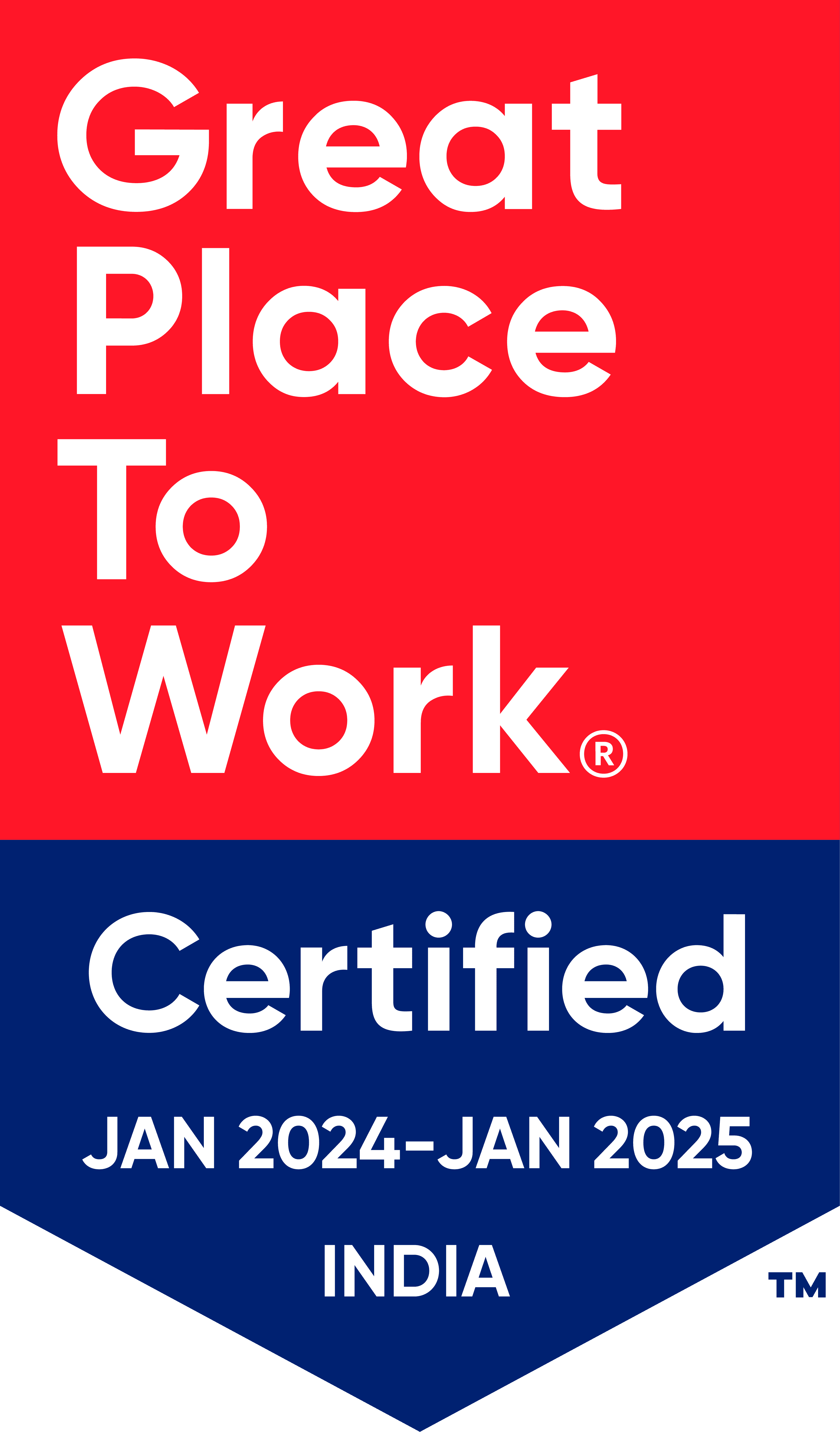
The Myths about Automation
The word ‘automation’ is like a myth factory generating myriad myths in the workplace. Many believe that while automation reduces manpower costs, it also entails mass unemployment that directly affects society. On the flip side, businesses often make massive investments in automation expecting unparalleled cost reduction. But automation is not always cost-effective. Process complexities and debugging issues can eat up man-hours, increasing over-time costs, and ultimately eroding any savings from deployment.
We refuse to sugarcoat this bitter truth about workplace automation. In our experience, unplanned automation or automation without a clear objective is never a fruitful exercise and can become a self-fulfilling prophecy heralding the outcomes discussed before.
However, that does not mean that automation cannot be done right. Businesses across the globe are increasingly integrating technology into several business divisions to provide added value and improve customer experience. CEO of NITI Aayog, Amitabh Kant, predicts that the Digital India campaign can drive the manufacturing sector towards AI, cloud computing, IoT, blockchains, and robotics. While our digital economy currently generates around $200 billion, such a sector-wide move can potentially generate $1 trillion in economic value.
The Right Way to Automate Your Process
Automation, like any other business process, is most effective when the objective is clear for all stakeholders. At Alldigi, we believe that the most successful automation projects start with the objective of improving the work environment for employees. For instance, some companies automate routine or mundane tasks allowing employees to take on intellectually-stimulating roles or upskill easily. Even when processes require human intervention, partial automation can decrease the turnaround time without additional employee effort. Alldigi has used humane objectives to undertake and successfully implement countless digital transformational projects that ensured our clients stayed competitive in their industry. Here’s a step-by-step guide into how Alldigi approached automation for our internal HR Compliance team.
1. Ask the right questions
At Alldigi, it all starts with simple questions. Why should our team overextend to file every monthly remittance, especially when the process is the same? How can we deliver a zero-error report? Keep the focus on qualitative needs rather than monetary KPIs.
Such questions don’t scrutinize a team’s capability or lapses in performance. Instead, they encourage the empathetic exploration of effort that every individual puts into client deliverables, and ensures their time and effort are valued.
2. Thoroughly understand every step of the process
Using a people-first approach enabled Alldigi to come up with the MRP (Measurability Repeatability & Predictability) module. In a nutshell, this is where we listed our process according to their measurability aspects. We identified the repetitiveness of tasks, and also tracked predictable and non-predictable errors. Through this exercise, we understood that one of the major pain points for our team was the lack of validation and minimal impact on the process.
3. Consider all options to address the pain points
In our example, there were a few avenues we could consider to ease the burden on our team. We could add increase manpower, thus spreading the burden across multiple people to ensure timely compliance management. However, while the team will have the bandwidth to carefully file the necessary returns or challans, it would still not guarantee an error-free report every time. Thus, the most viable solution for Alldigi was to use a Bot for repetitive tasks.
4. Have the right team
At Alldigi, we had the expertise needed to build Bots in-house. You may need to onboard experts or purchase the necessary software.
With a pilot 11-member crew, we started building our first Bot tailored for a few of our clients. Today, our HR compliance team has scaled into a 60-member department and includes:
- 8 RPA tools for Provident Fund
- 3 tools for Employee State Insurance
- 2 for Professional Tax
- 2 for Labour Welfare Fund
- Minimum wage calculator
- Statutory bonus calculator
- A tool for preparing registers under S&E, CLRA, BOCW, and Factories Act for companies across India
What started as a way to improve our HR management operations, has grown into a separate wing within the company. We now offer Statutory Compliance Management Services to other businesses who never have to worry about a compliance deadline ever again.
5. Continue to monitor and improve
There is always scope for improvement. Even though our client count has increased, we remain cognizant of our approach and continue to build tools that improve operational efficiency. We also constantly update existing Bots and ensure they stay compliant with the latest statutory regulations. We use machine learning concepts and find ways to adapt it into our RPA tools. We also incorporate client feedback to add useful features and improve usability.
Alldigi’s people-focussed approach to automation has helped us digitize our Statutory Compliance processes while also adhering to our motto of ‘Building Lasting Relationships’. Our process is quicker, more efficient, and allows room for more fulfilling work life for our internal stakeholders. Meanwhile, we also deliver error-free paperwork that keeps our clients 100% satisfied and the labour authorities happy. That’s a win-win all around!



